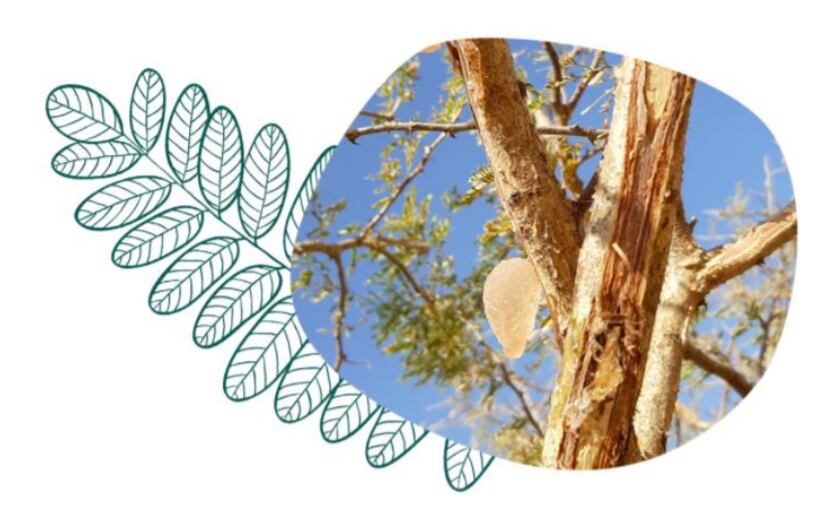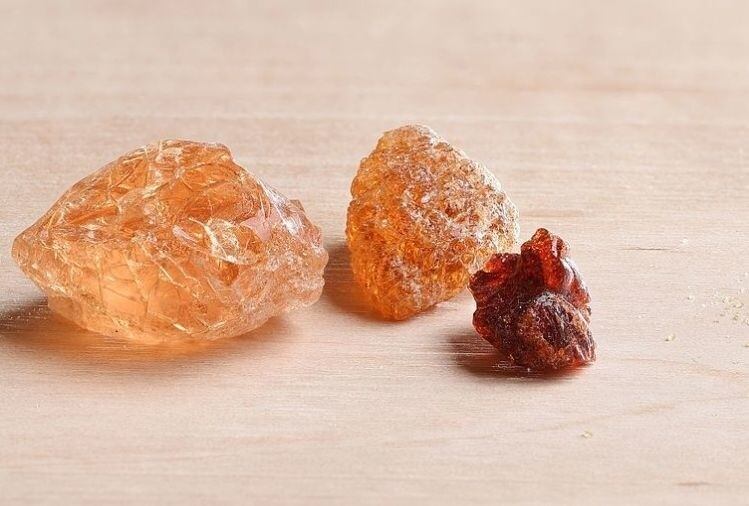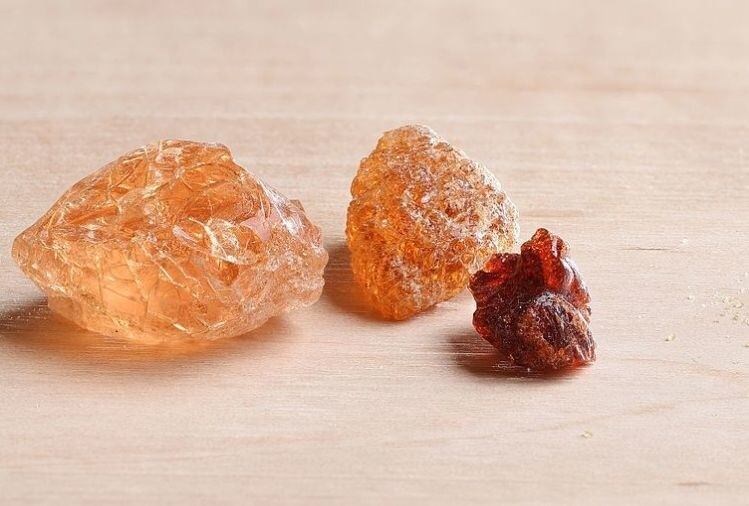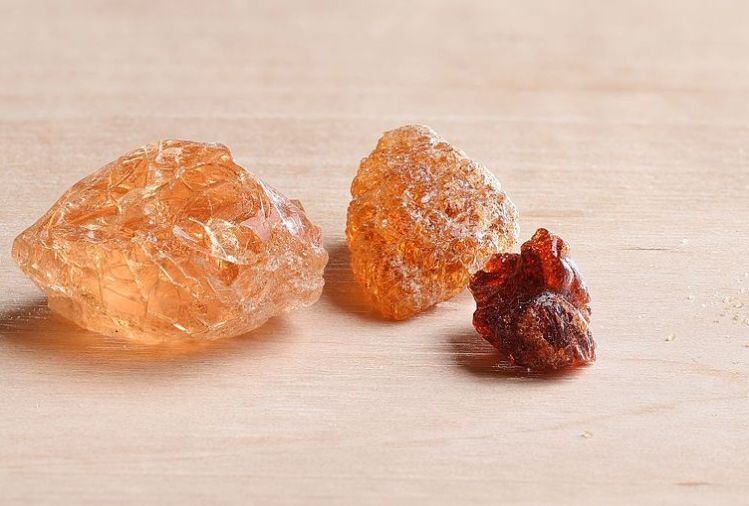Under new FDA rules, isolated or synthetic non-digestible carbs must be determined to have physiological effects beneficial to human health before they can be counted as dietary fiber for nutrition labeling purposes on the new Nutrition Facts labels (which came into effect last year for firms generating $10m+ in food sales).
The FDA did not include acacia (sometimes called Gum Arabic) in its initial list of approved dietary fibers, and told suppliers last year that they had not presented sufficient evidence of acacia's health benefits in an initial petition to persuade officials to classify it as a dietary fiber, frustrating those in the space who felt the clinical evidence was compelling. However, the FDA said it would consider a new petition should additional scientific data become available.
New clinical data on acacia and post-prandial glucose, insulin
In a second petition filed by acacia suppliers Nexira, Alland & Robert, and Importers Service Corporation on December 29, 2020, the petitioners presented the results of a new study showing that acacia can attenuate post-prandial insulin and glucose levels.
This builds on evidence submitted in a 2019 petition with data from a new unpublished double blind, placebo-controlled, crossover human clinical study commissioned by Nexira and carried out by Analyze & Realize GmbH (Berlin) showing that gum acacia powder added to orange juice with breakfast prompted statistically significant reductions in post-prandial glucose and insulin vs a control, says law firm Keller and Heckman.
“This means that less insulin is required to process glucose which is indicative of increased insulin sensitivity which can help reduce the risk of type 2 diabetes. Attenuation of post-prandial insulin response is also associated with a reduced risk of coronary heart disease.”
What happens next?
While the timeframe for the FDA’s response cannot be guaranteed, “we are hopeful to receive a positive response to our Citizen Petition by summer of 2021,” said a Nexira spokesperson.
In the meantime, acacia can continue to be used as an approved GRAS food additive, and should be included in the declaration of total carbohydrate with a caloric value of 1.7 kcal/g2, but cannot count towards grams of dietary fiber, Nexira marketing manager Julie Impérato told FoodNavigator-USA.
While the company had been concerned about the impact of the label change, some customers had switched marketing efforts to focus on acacia’s prebiotic qualities, she said, although it remained important to secure a fiber classification if possible.
What is dietary fiber?
Dietary fiber that can be declared on the Nutrition and Supplement Facts labels includes certain naturally occurring fibers that are ‘intrinsic and intact’ in plants, and added isolated or synthetic non-digestible soluble and insoluble carbohydrates that the FDA has determined have physiological effects that benefit human health.
Naturally occurring or ‘intrinsic’ fiber is found in foods such as vegetables, whole grains, fruits, cereal bran, flaked cereal and flours (the fibers are considered ‘intact’ because they have not been removed from the food). Foods containing these fibers have been shown to be beneficial, and manufacturers do not need to demonstrate that they provide beneficial physiological effects to human health in order for them to be classified as ‘dietary fibers’ on the Nutrition Facts or Supplement Facts panel, says the FDA.
The FDA has also identified the following isolated or synthetic non-digestible carbs, which are added to food, as meeting the dietary fiber definition:
- Beta-glucan soluble fiber
- Psyllium husk
- Cellulose
- Guar gum
- Pectin
- Locust bean gum
- Hydroxypropylmethylcellulose
It also proposes that the following non-digestible carbs be added to the definition of dietary fiber:
- Mixed plant cell wall fibers (a broad category that includes fibers like sugar cane fiber and apple fiber, among many others)
- Arabinoxylan
- Alginate
- Inulin and inulin-type fructans
- High amylose starch (resistant starch 2)
- Galactooligosaccharide
- Polydextrose
- Resistant maltodextrin/dextrin
- Cross linked phosphorylated RS4
- Glucomannan
Get the latest information on the FDA's classification of dietary fibers HERE.

Nexira recently embarked on a project with the consultancy EcoAct to achieve carbon neutrality for its inavea brand (spanning acacia gum and a combination of acacia and baobab powder).This involved:
1. Measuring the carbon footprint with the GHG Protocol (energy, freight, raw materials, packaging, travel, waste, product end-of-life, fixed assets. This showed that input-related emissions only accounted for a quarter of the carbon footprint as acacia trees require minimal inputs and the sap (gum) is harvested by hand without emission-generating agricultural techniques: "Efforts would have to be concentrated on the energy item, which accounts for 45% of our CO2 emissions."
2. Emission reduction plan supported by the Science Based Targets initiative (SBTi) to use green electricity at manufacturing sites, and reduce indirect emissions by finding lower emission transport solutions and favoring local sourcing.
3. Carbon offsetting of incompressible CO2. To offset emissions generated by its inavea range, "Nexira has chosen to contribute to a project carefully selected by EcoAct, thus ensuring that the project meets the most rigorous standards."



